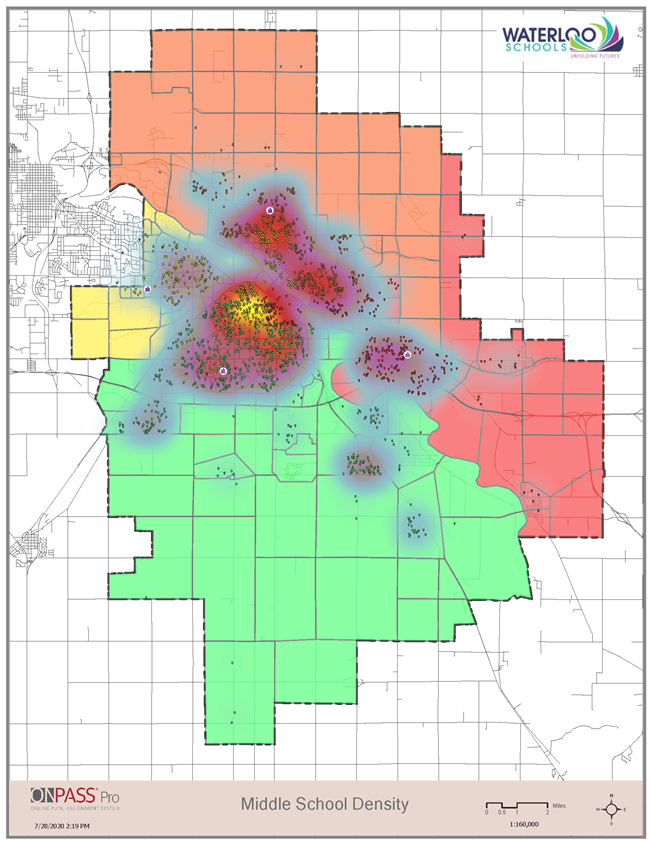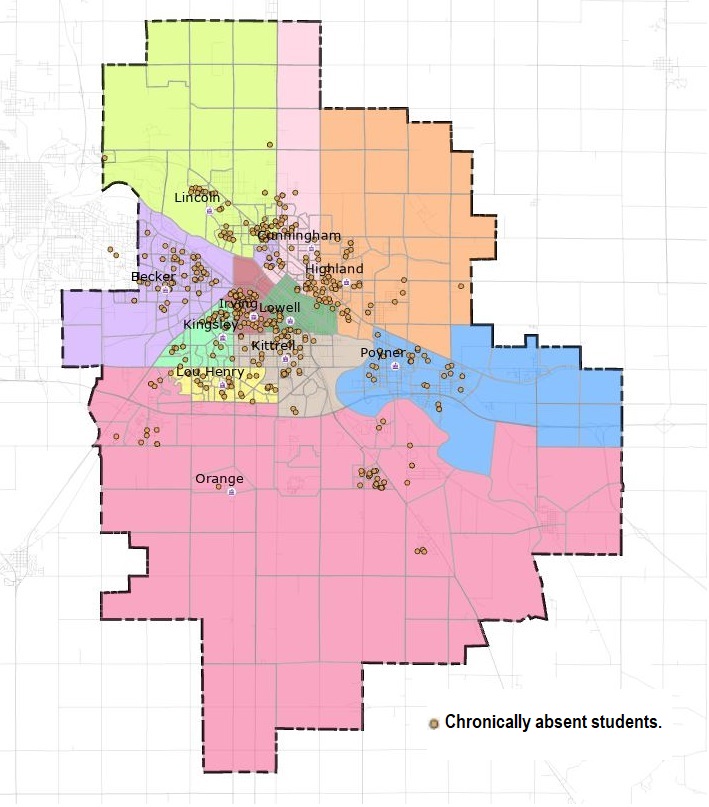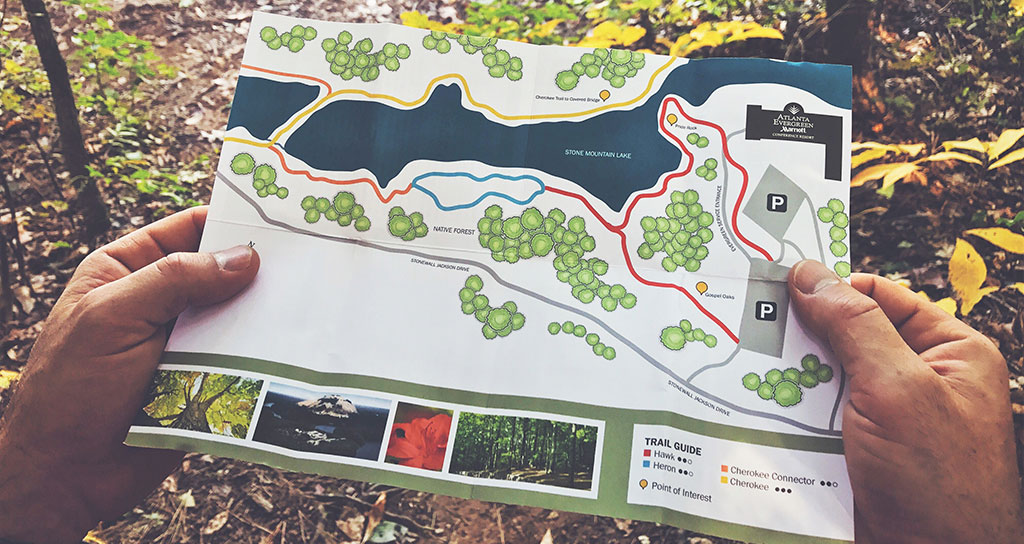By Caroline Fahmy
It is no exaggeration to say that the COVID-19 pandemic has created a chaotic environment for school district administrators particularly in managing student enrollments. School districts should start collecting and analyzing demographic data now to understand and plan for necessary changes in their districts next fall.
Public school enrollments are dropping around the country, and no one knows where, whether, and when school districts will see those students in seats1. Other pandemic-related demographic changes could have far-reaching implications for school enrollment. A survey by the Pew Research Center found that,
Among those surveyed in early June, 3% say they themselves moved permanently or temporarily due to the coronavirus pandemic, and 6% say someone moved into their household because of it….An additional 14% of those who did not personally experience relocation say they know someone else who moved2.
Enrollment analysis is also complicated by shifts of students into private schools. After an initial flurry of private school closures at the start of pandemic-related shutdowns, it seems that more families are choosing private schools with face-to-face options when their public schools offer only online classes3. It is unclear whether the students will return to public schools when the school districts offer more in-person instruction.
In these circumstances the only survivable posture for a state or school district is to acknowledge uncertainty. That means preparing for multiple scenarios, not just one4.
Paul Hill, writing for the Center for Reinventing Public Education
One thing the pandemic has demonstrated is that schools can be successful at adopting technology to meet rapidly changing circumstances. Geographic information systems (GISs) such as ONPASS® Pro include tools to help school districts manage uncertainty by creating planning scenarios based on local data. Will your district need to close a school? Change the location of educational programs? Adjust attendance boundaries? With a GIS in place in your district, you can create multiple planning scenarios to meet your unique needs, especially over time as demographics across the district change.
Putting GIS technology in place now will give you a head start on planning for next fall. A GIS is a specialized data base that combines many different types of information using location as the key. The ability to analyze existing data is consistent with expert advice about school district planning, even in non-crisis situations.
Brian Eschbacher, former executive director of planning and enrollment services for Denver Public Schools, points out that successful districts…
link academic outcomes with data related to sustainable enrollment levels, facility condition and capacity, and choice patterns. They disaggregate student data by socioeconomic status, race/ethnicity, native language or special education status to reveal changing patterns in student needs and achievement. More sophisticated districts are attuned to varying dynamics of different regions or neighborhoods within the district5.
Enrollments and the demographic makeup of schools may never return to what they were before the pandemic so having a GIS planning tool in place now will be crucial to addressing challenges in the months and years to come.
Footnotes
1) https://www.npr.org/2020/10/09/920316481/enrollment-is-dropping-in-public-schools-around-the-country
2) https://www.pewresearch.org/fact-tank/2020/07/06/about-a-fifth-of-u-s-adults-moved-due-to-covid-19-or-know-someone-who-did/
3) https://www.cato.org/blog/why-not-more-private-school-closures-increasing-evidence-suggests-theyre-offering-person
4) https://www.crpe.org/thelens/restoring-public-education-post-covid









